They have kept the Granite City moving through wars and pandemics, and memories of buses from past times are ingrained into us.
Capturing a number of long-lost Aberdeen buses, these photographs from the DC Thomson archives should transport you back through the decades.
Do you remember travelling on any of these?
Life and times of city’s bus fleet
The story of Aberdeen’s bus fleet starts in the 1900s.
The arrival of the new century coincided with an increasing desire by people to travel and motor bus operations appeared almost at random throughout the area.
Aberdeen Corporation Transport purchased its first motor bus “as an experiment” in 1920 which was an immediate hit with the public.
Two more open charabancs were purchased to meet the demand.
The first bus service proper was introduced in January of the following year.
The route was between Castle Street and Footdee.
That spring, a service was also started between the Rubislaw tram terminus and the newly-acquired estate at Hazlehead.
From 1925 onwards a large number of private firms began offering bus services.
No fewer than 20 different concerns were operating at one point, although many fell by the wayside.
The size of the Corporation bus fleet was growing all the time, and the first double-decker vehicles arrived in 1930.
A year later, the unprofitable tram services to Torry and Ferryhill were withdrawn which was much like the first domino falling for Aberdeen’s trams.
Move from trams to buses in Aberdeen
During the pre and post-war years, the tram fleet was modernised but as new housing estates began to spring up all around the city, it was buses which provided the transport links.
By 1950, the bus fleet had risen in size to 149 vehicles.
By then, however, the network of tramlines had been outgrown by the developing city.
Aberdeen was one of the first British cities to get trams after being approved in 1872 and one of the last to get rid of them in May 1958.
The city’s fleet was destroyed at the beach a few days later.
Their funeral pyre saw flames dance high into the darkness.
In the final year of operation, tram passengers in Aberdeen totalled 11 million.
Buses accounted for 85.8 million passengers.
Aberdeen Corporation buses transferred to Grampian Regional Transport in 1975.
Village and city were lumped together under a new system of regional councils following the biggest administrative change that Scotland has ever known.
So much would change not just in Aberdeen but within the bus industry in general including low-floor buses giving easy access to the disabled and buggies.
The trend swung from double-deckers to single-deckers in the 1990s with changes continuing to the present day with investment in fully electric buses.
Bus passenger numbers have been on a downward trend for several decades across the UK but they remain a vital lifeline for so many people in the north and north-east.
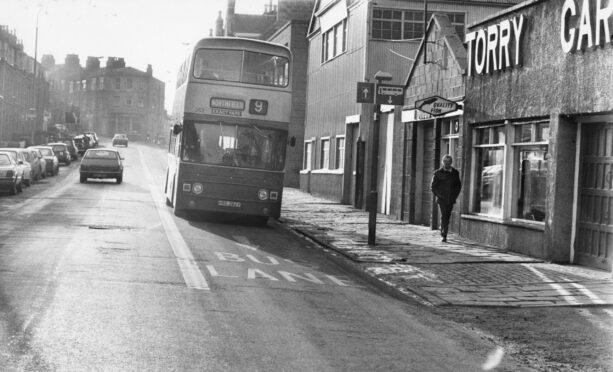
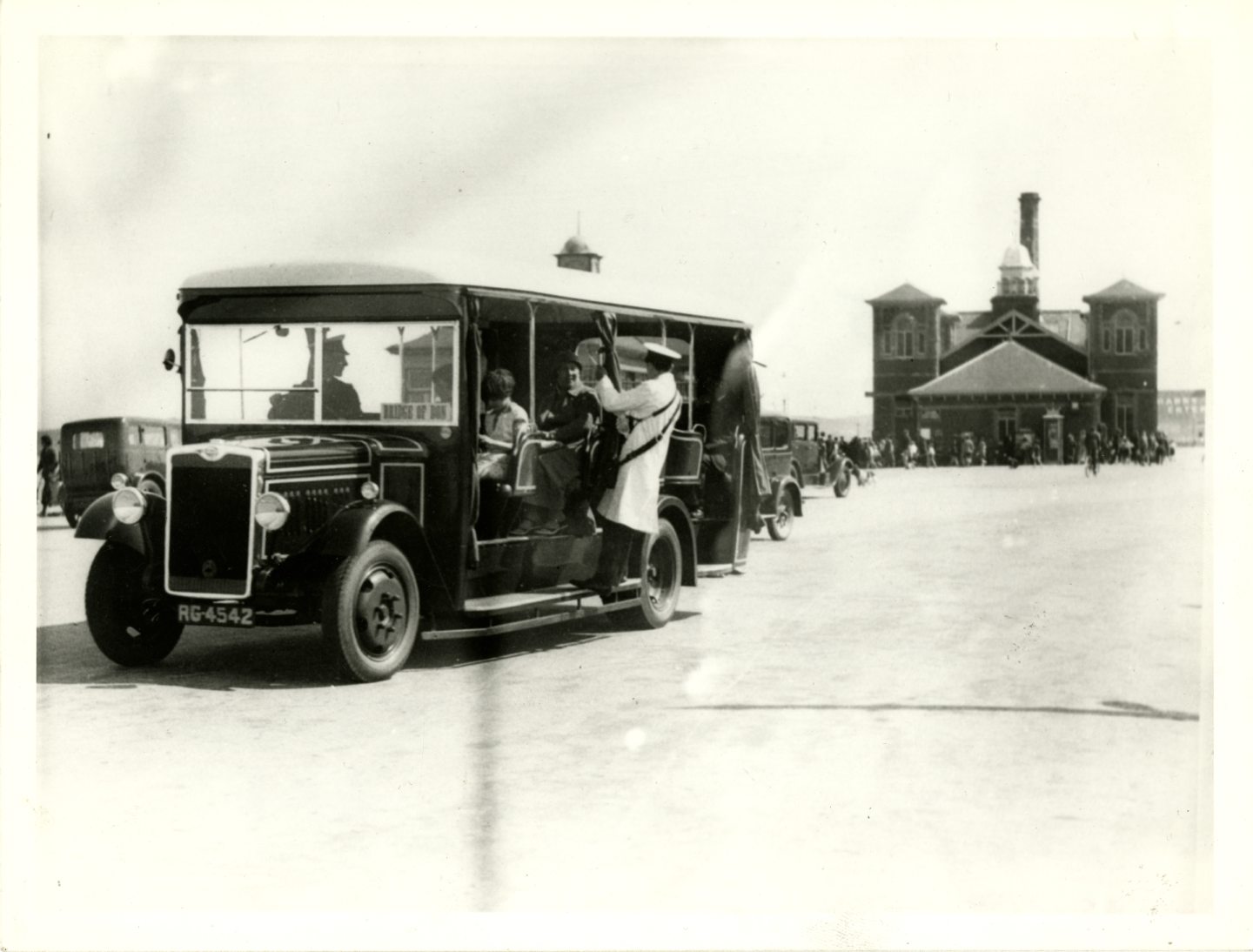
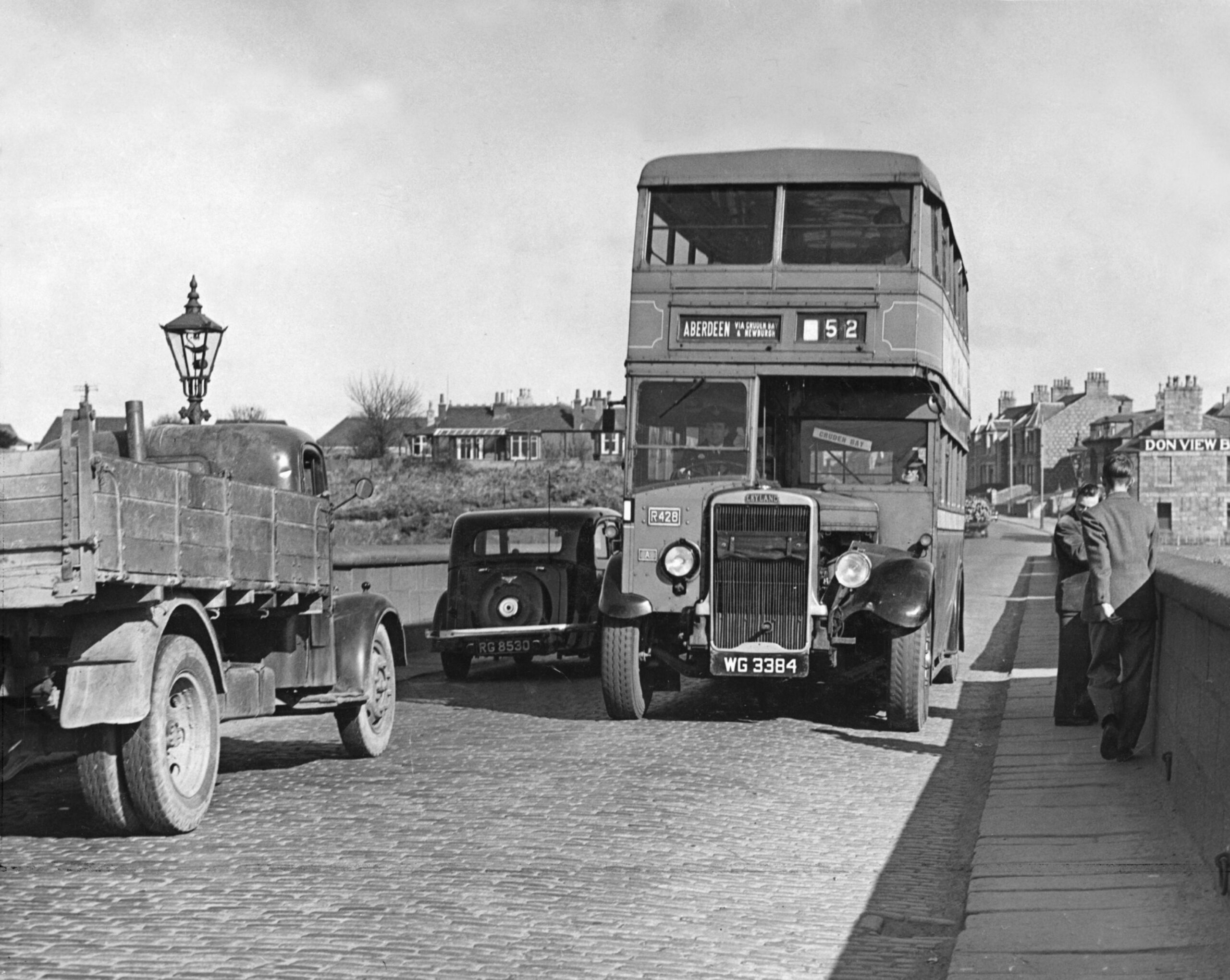
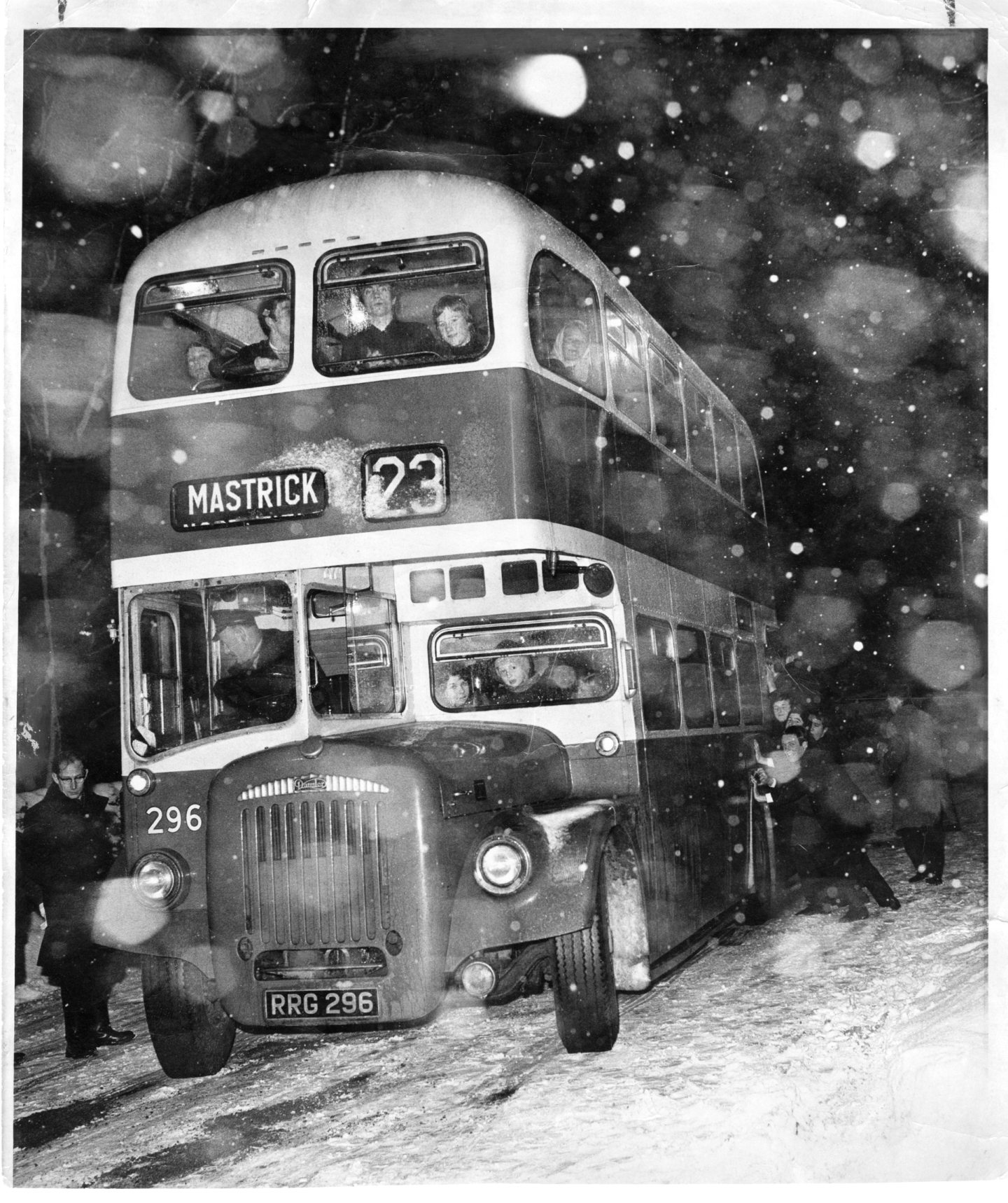
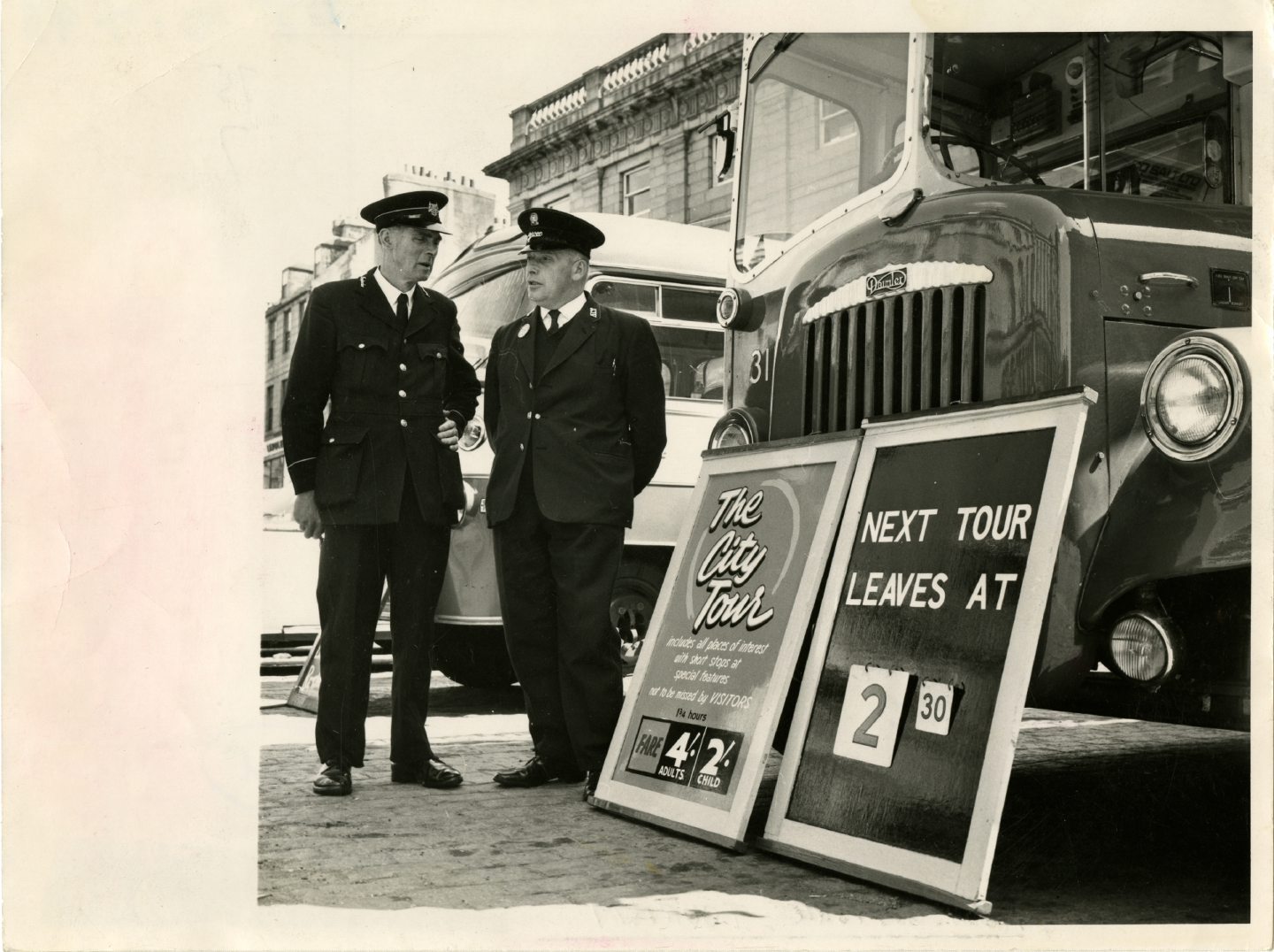
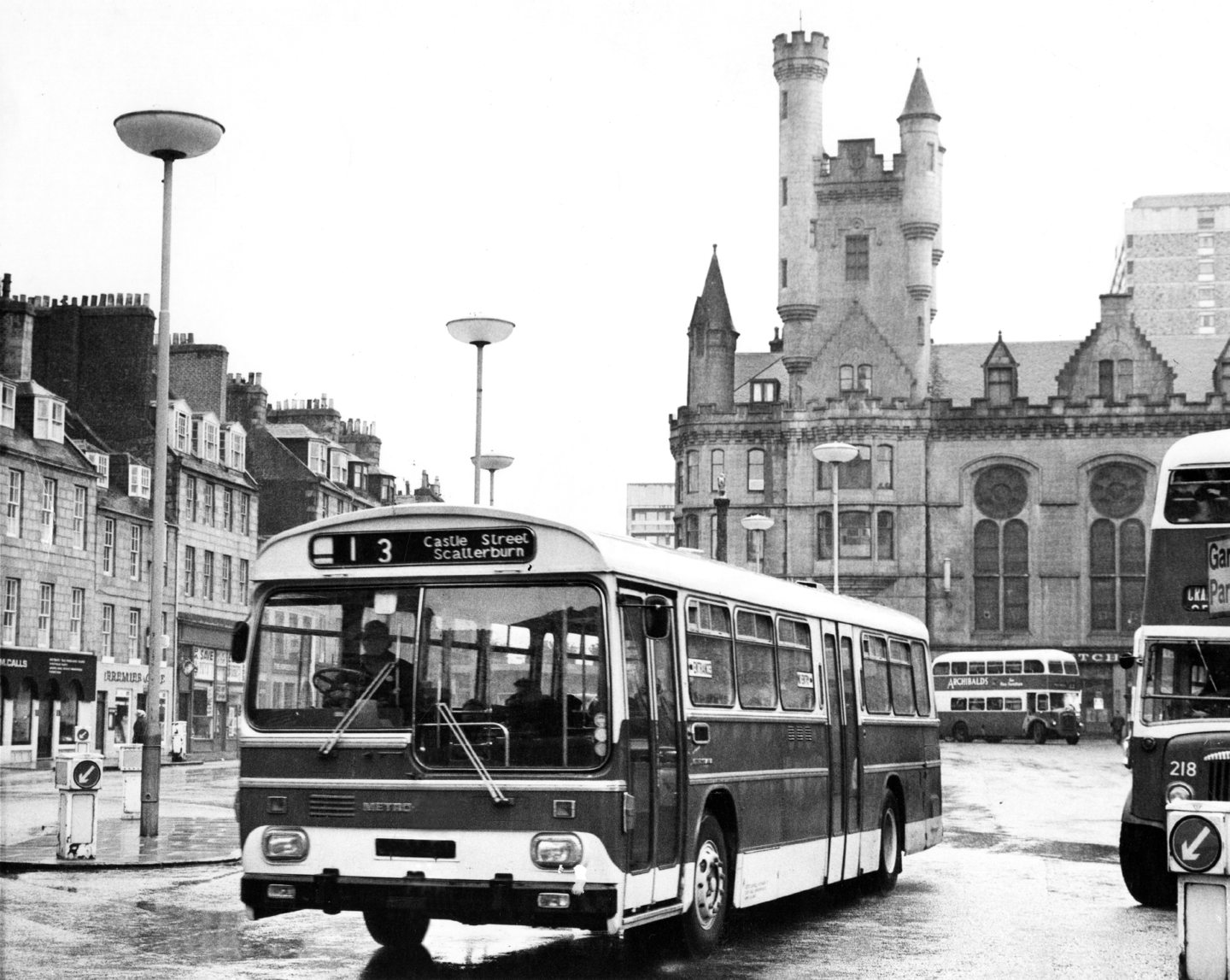
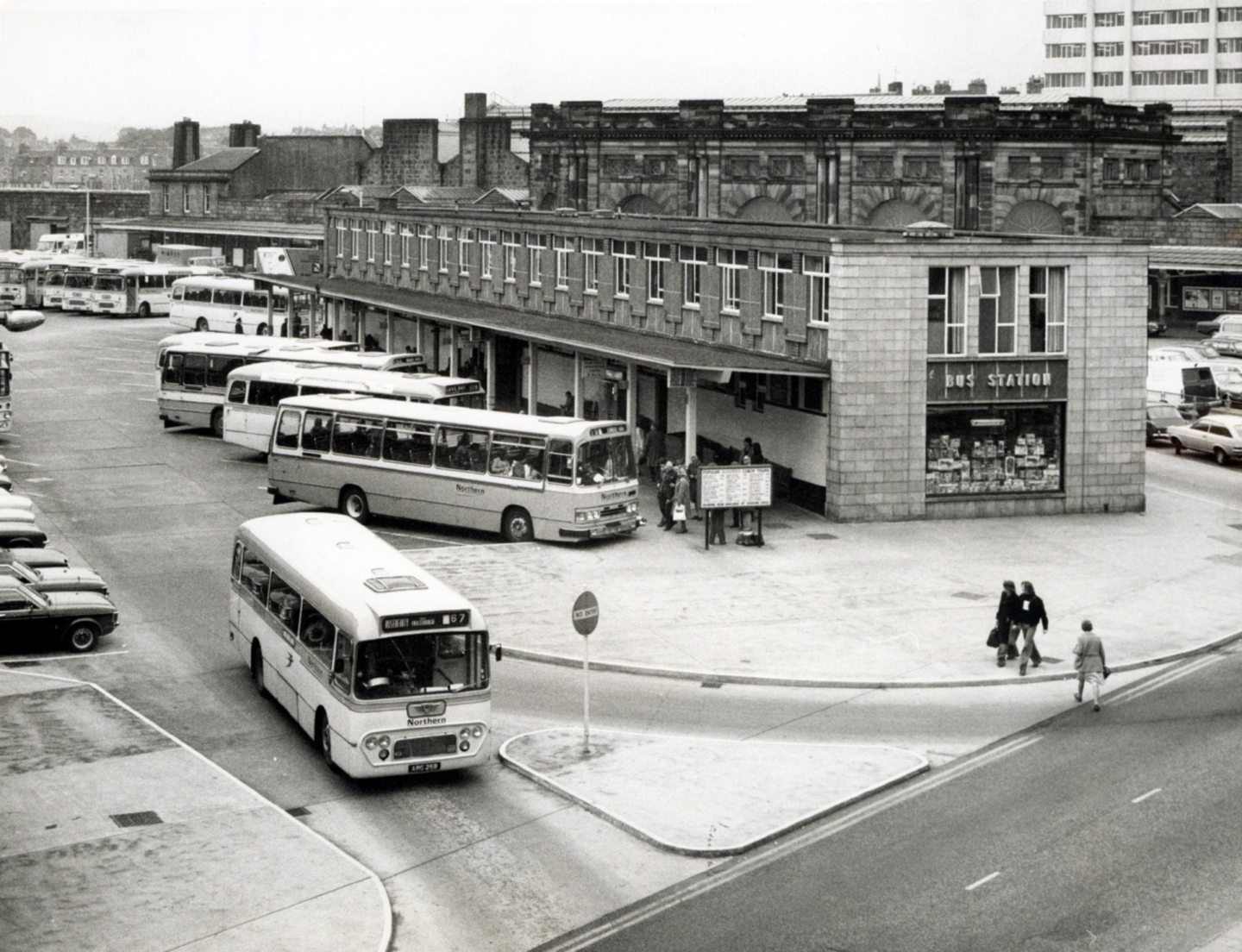
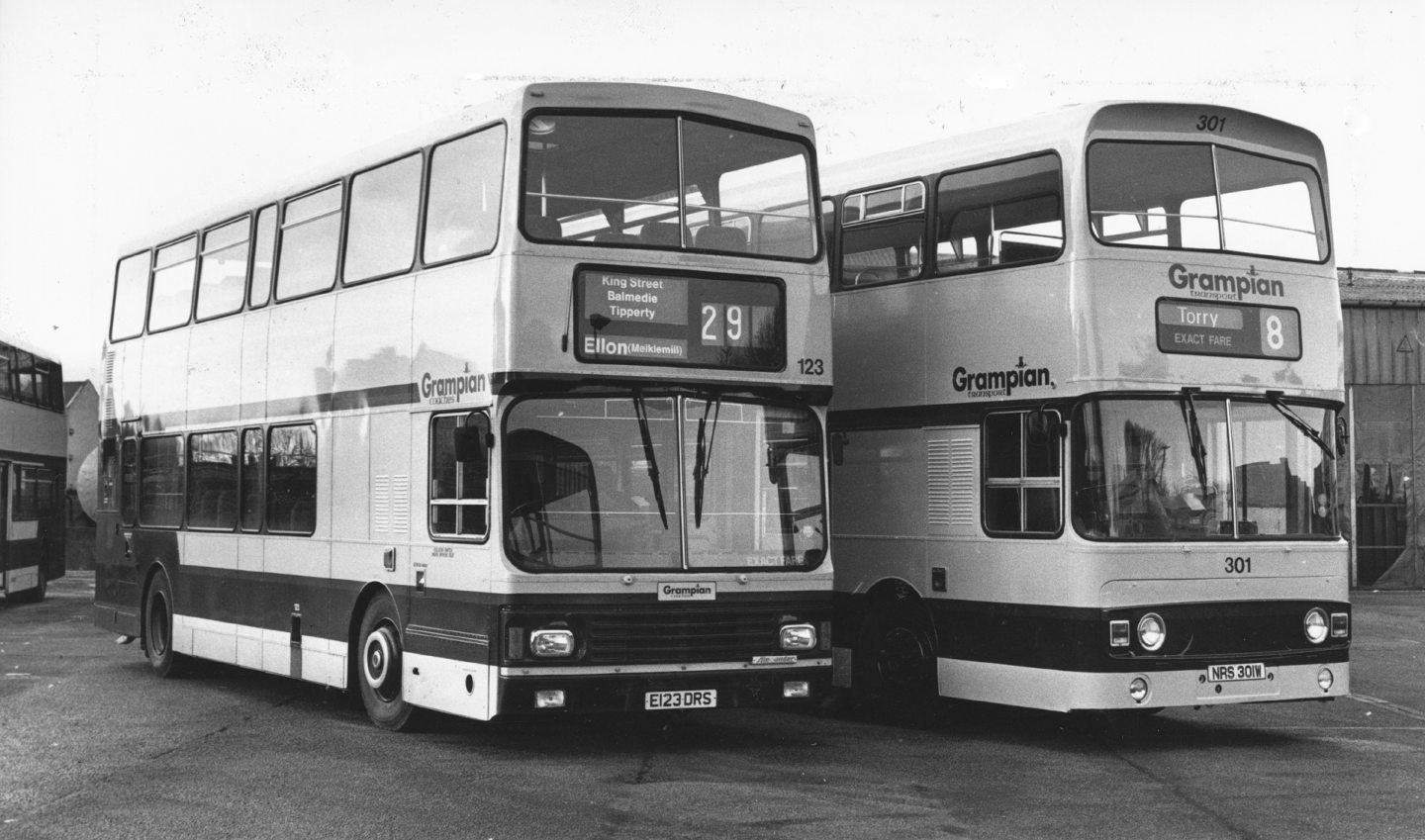
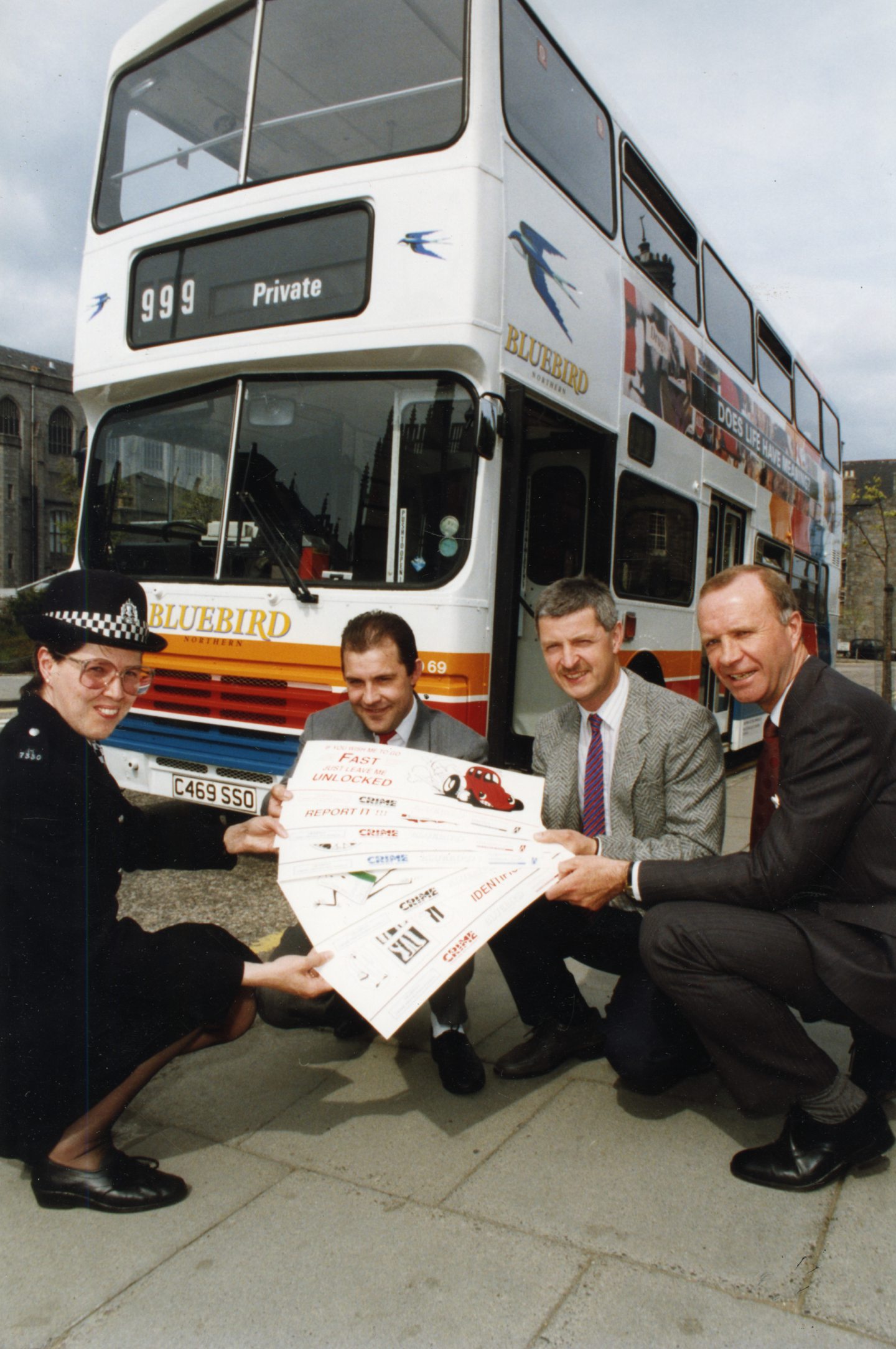
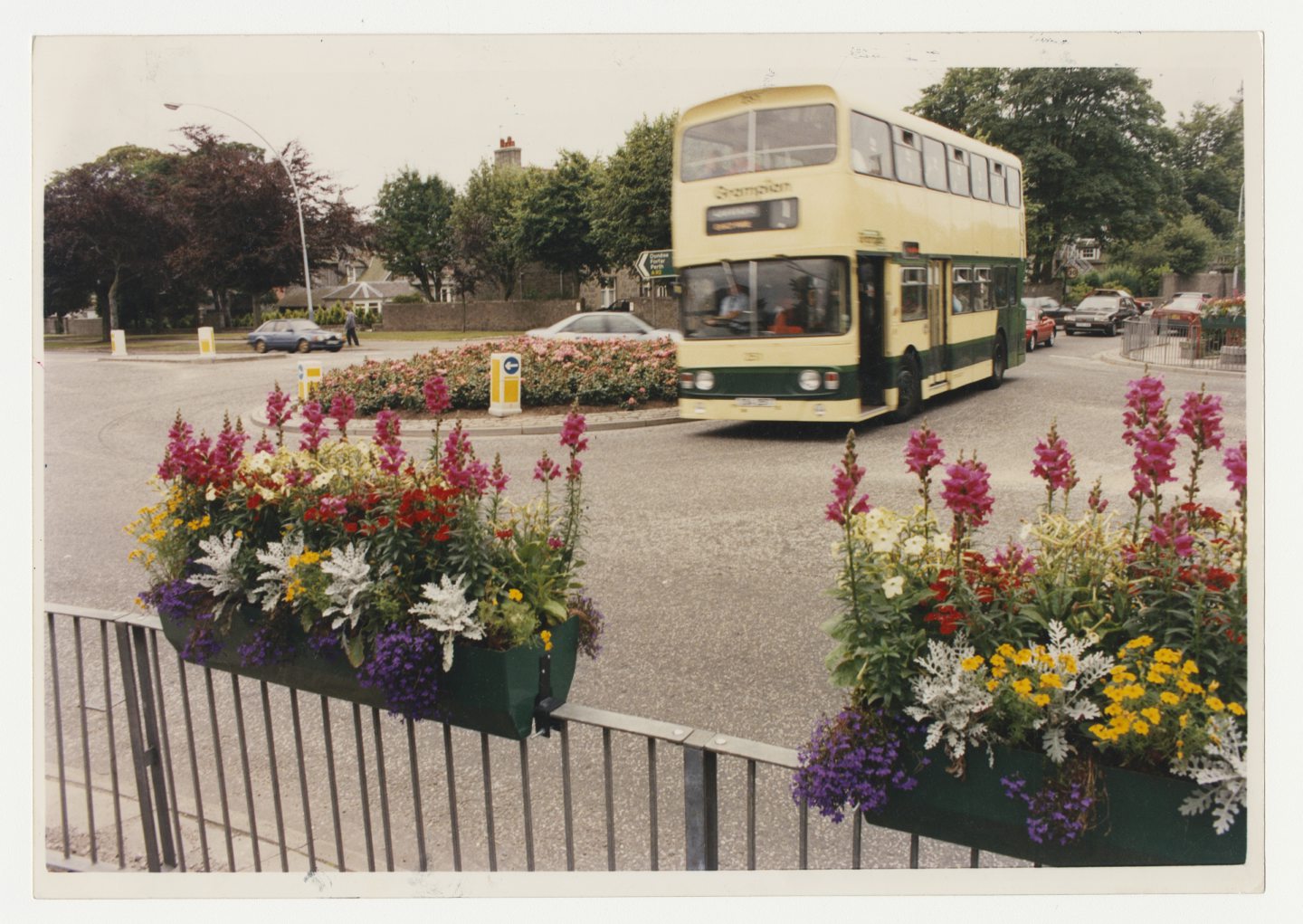
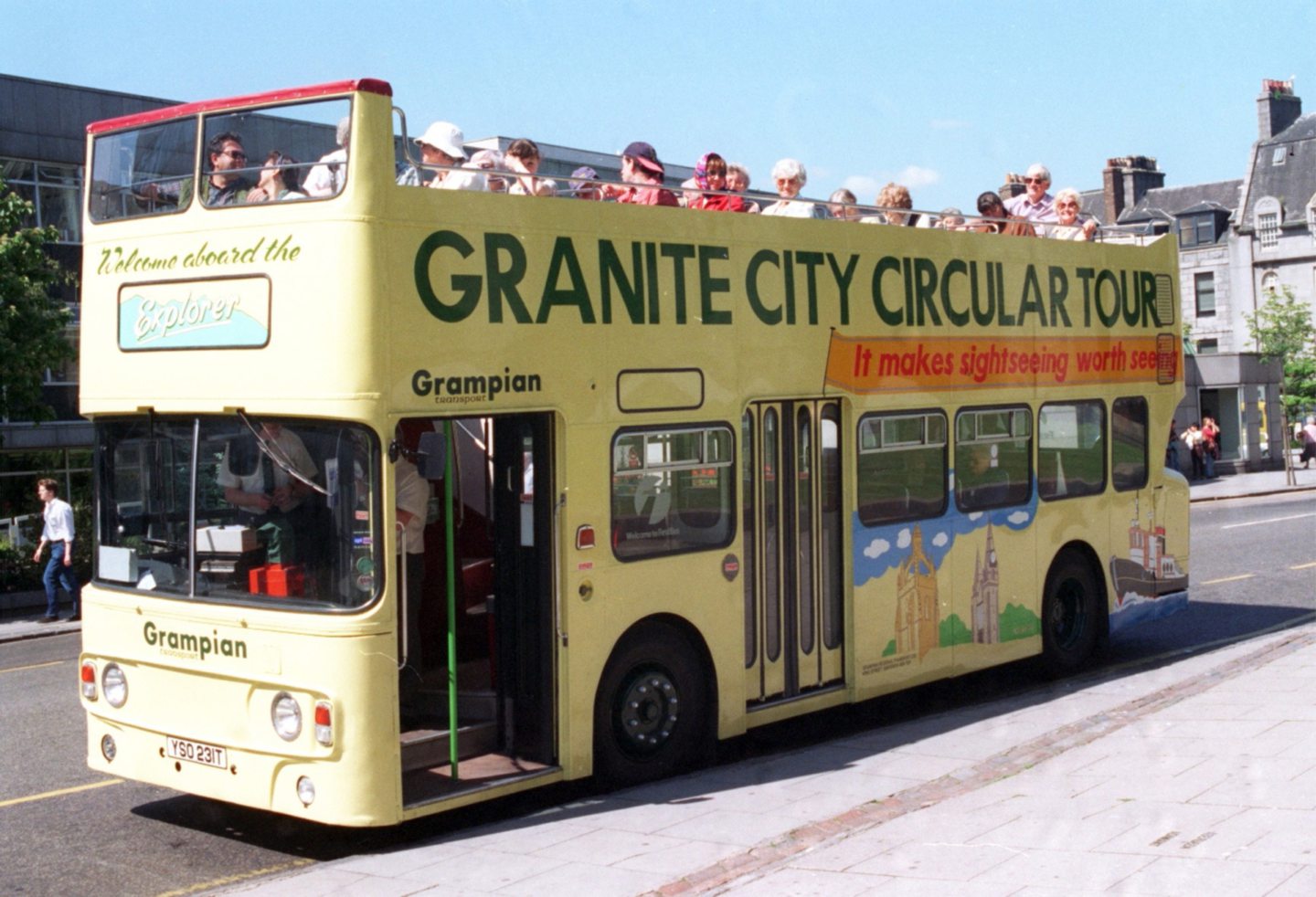
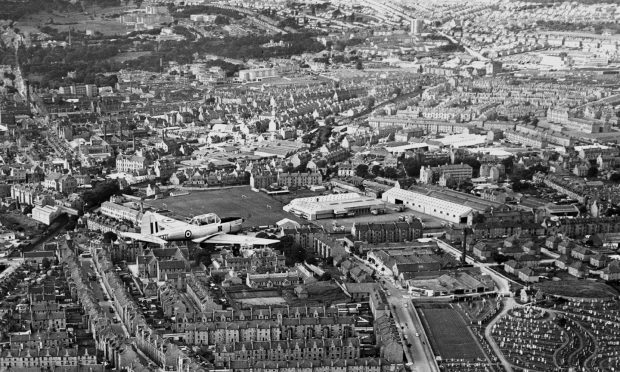
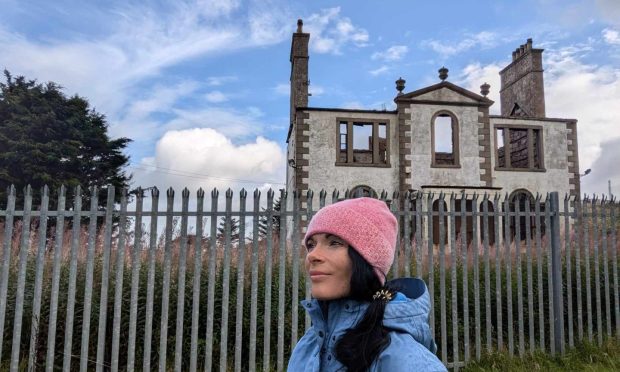
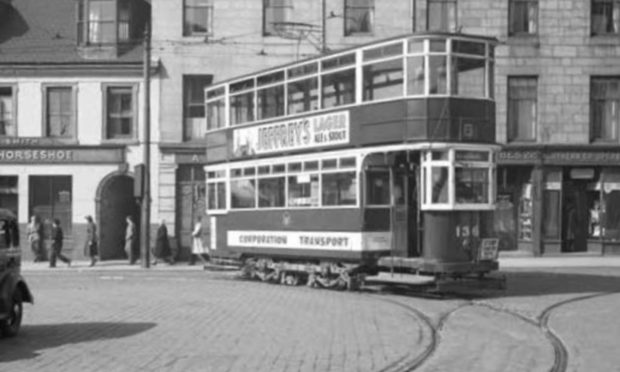
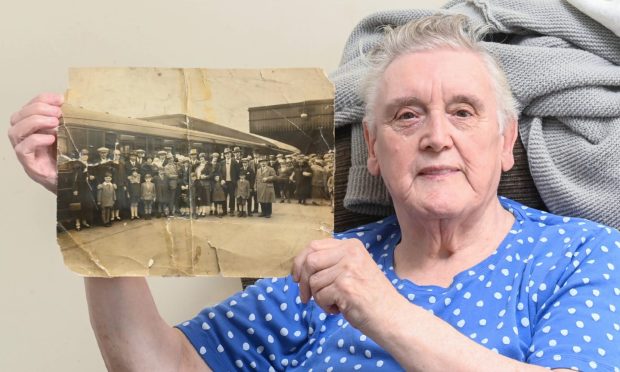
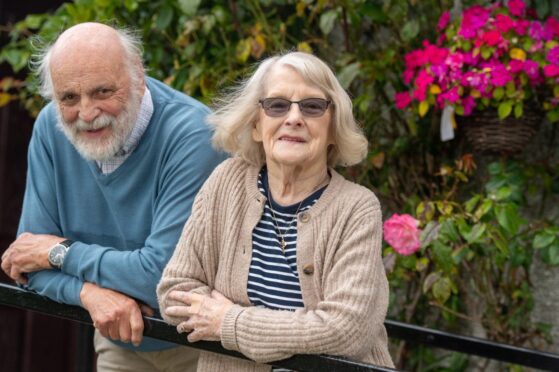
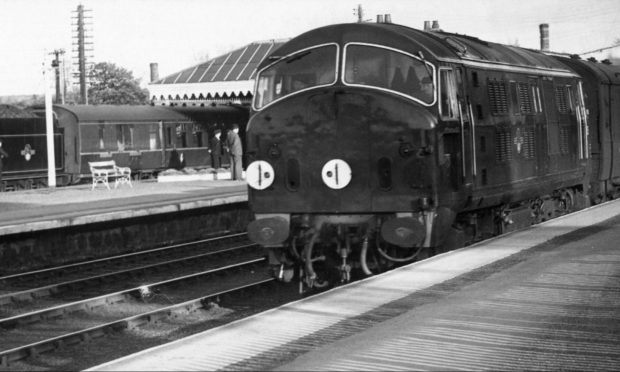
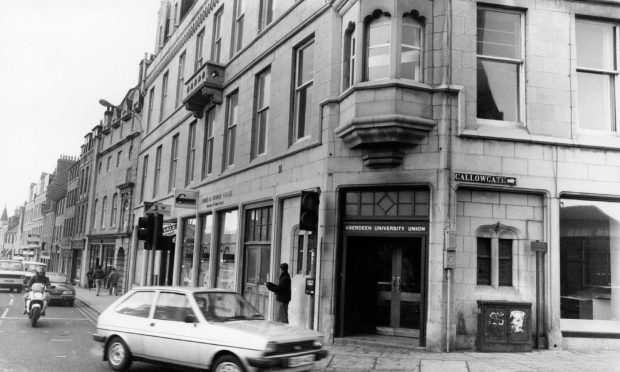
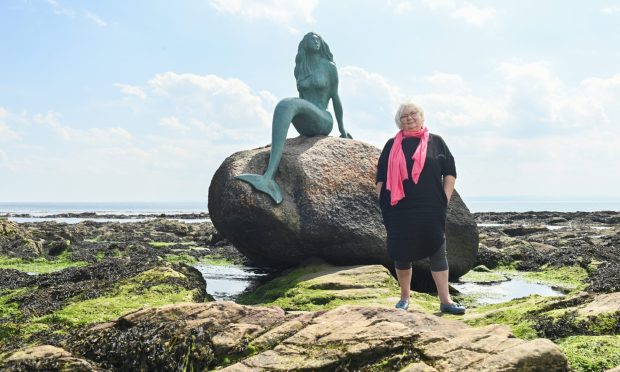
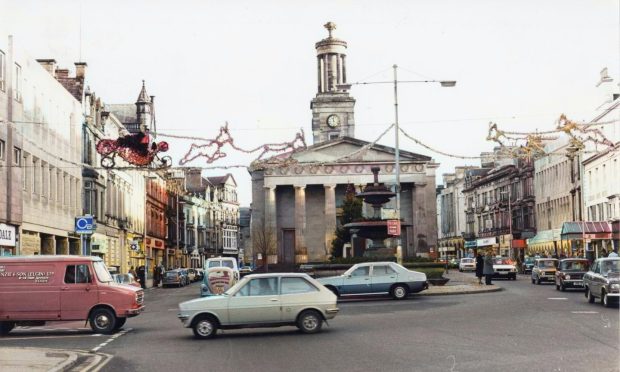
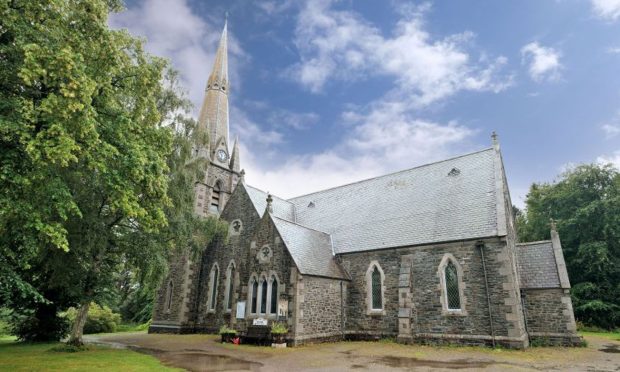
Conversation